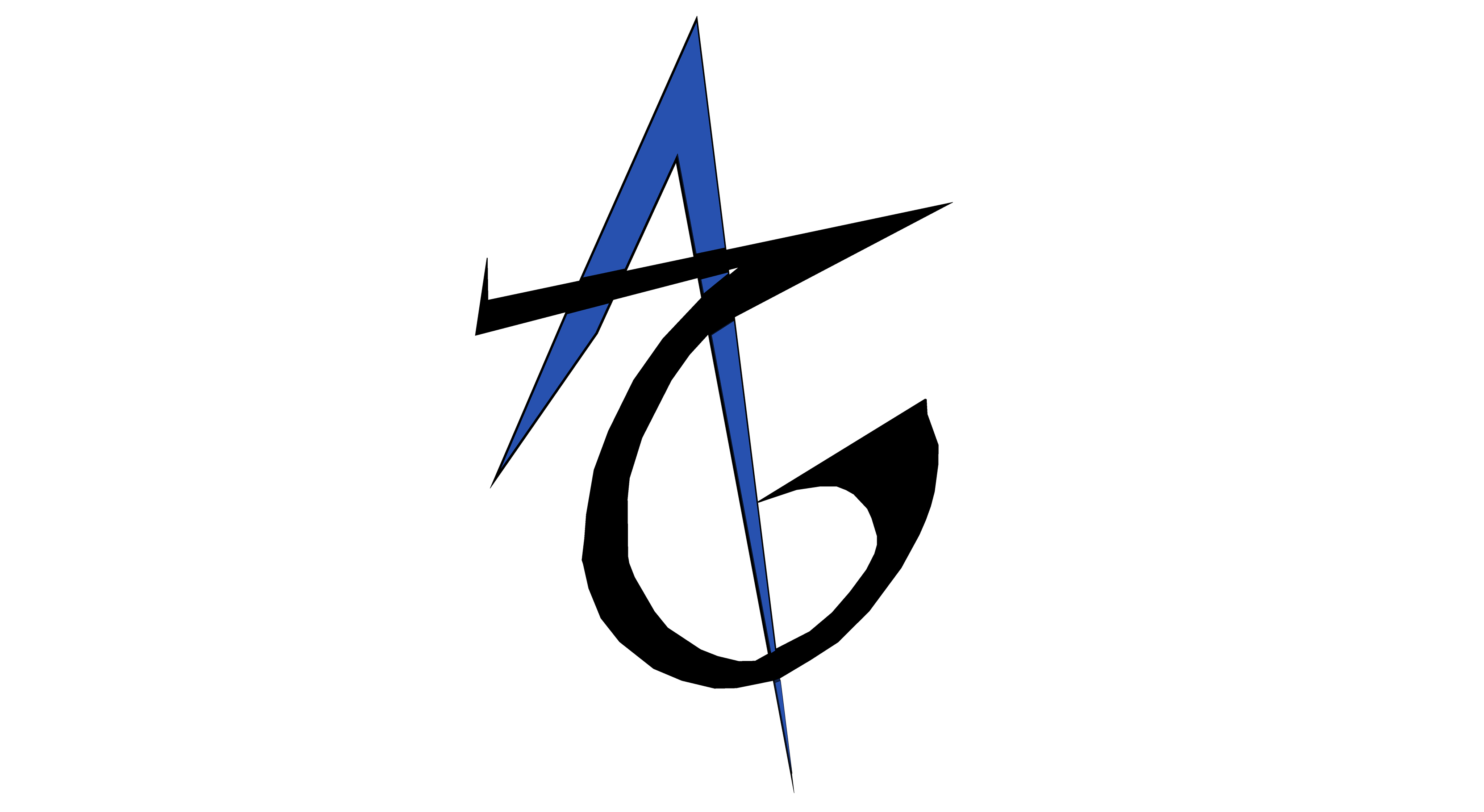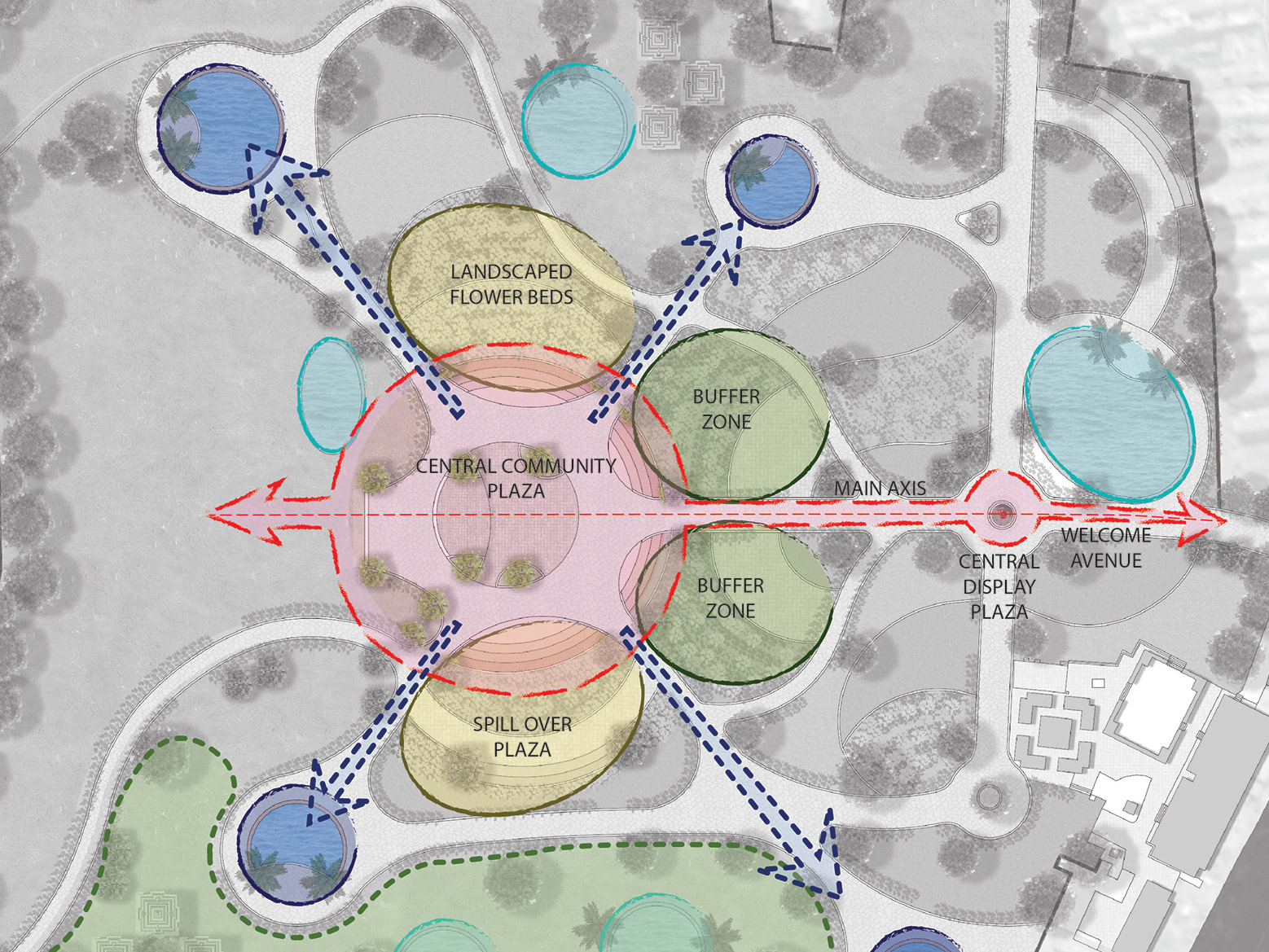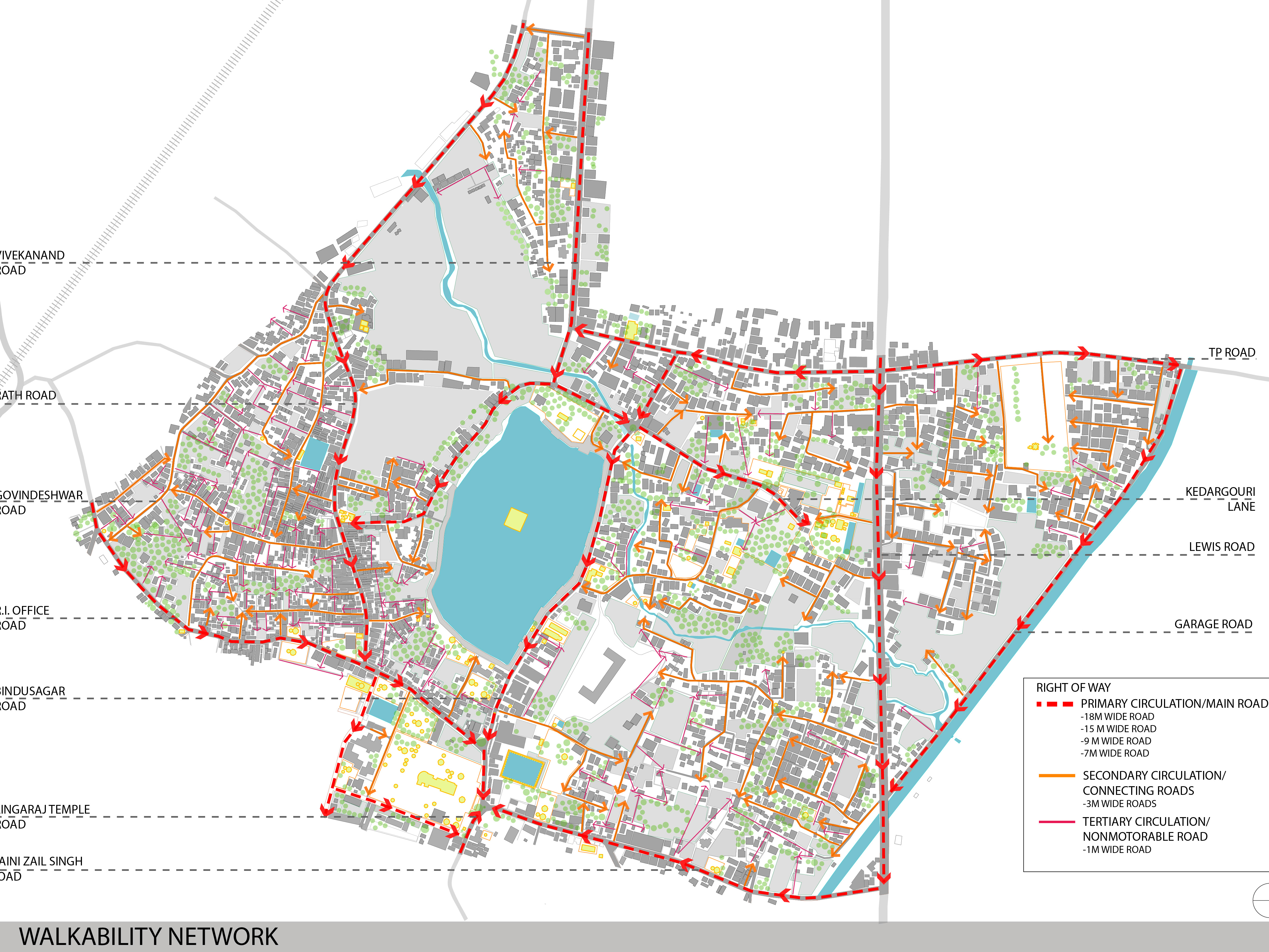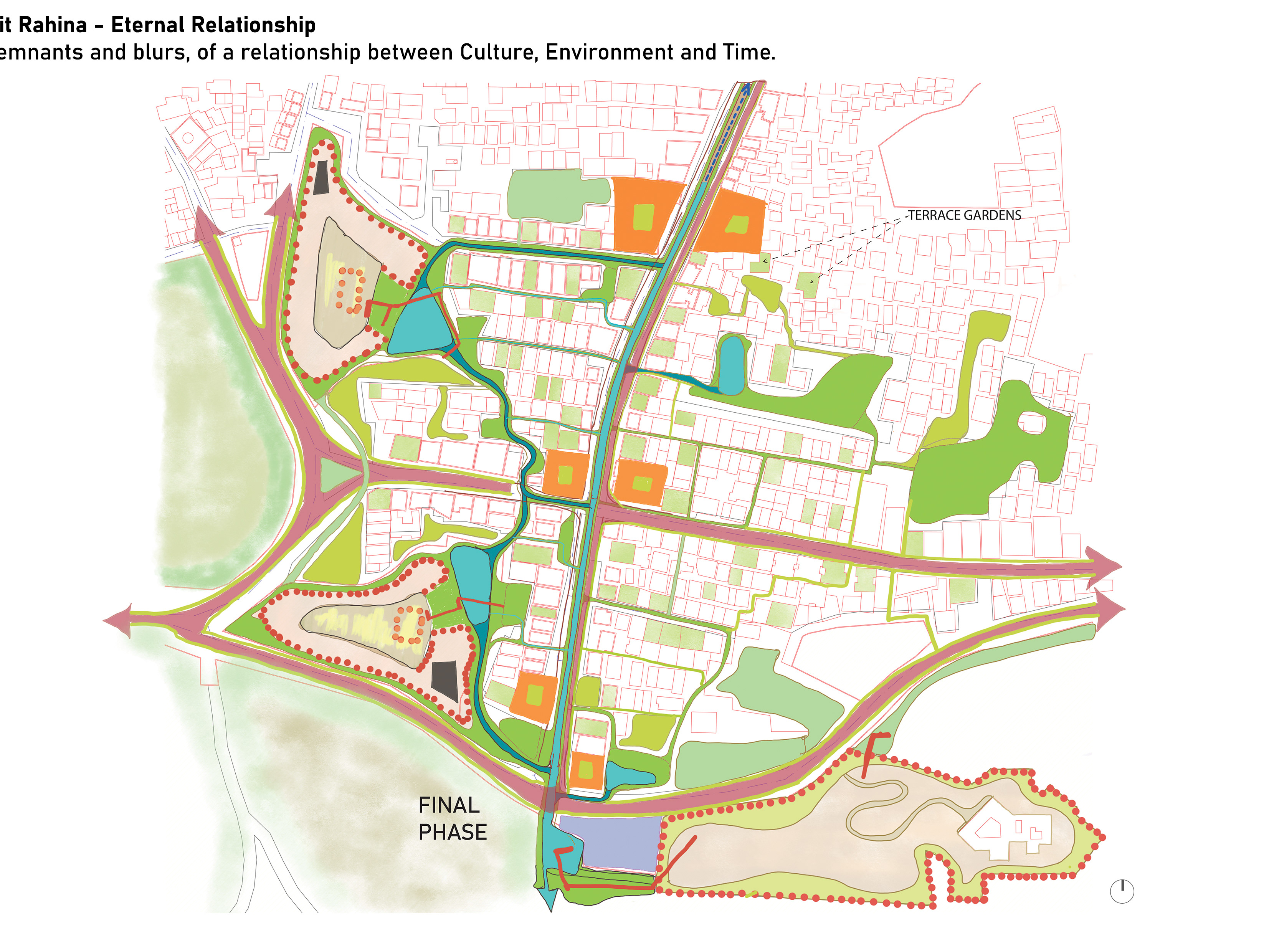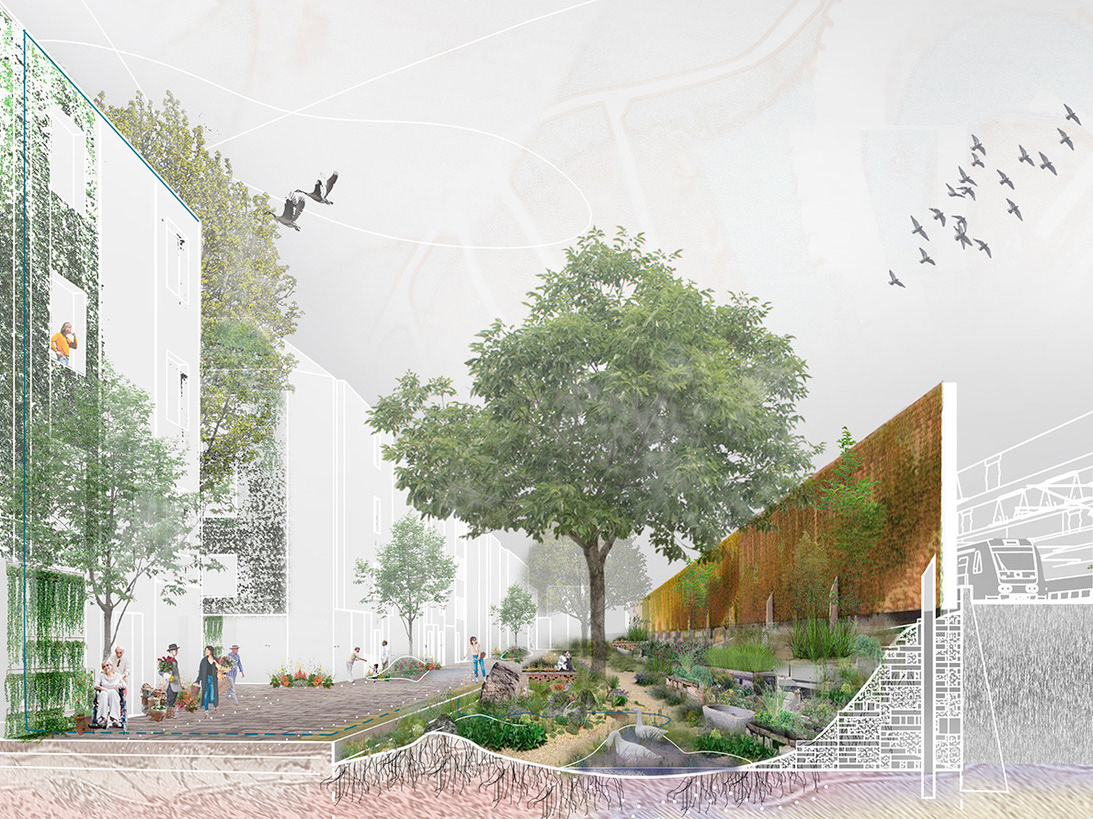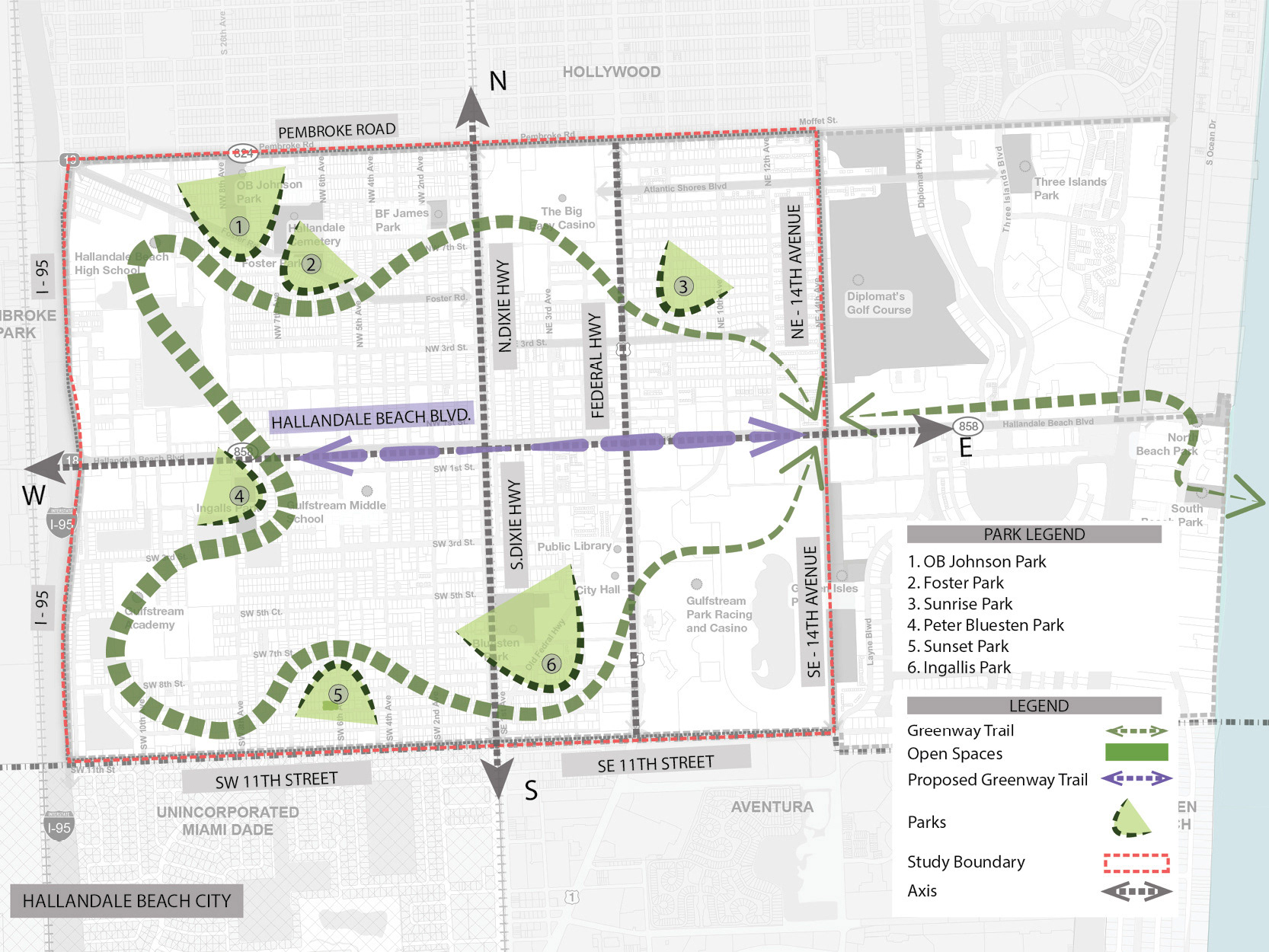Abstract
A city exists in a state of flux, constantly evolving and adapting over time, forming diverse layers with their own origin, history, and significance. What exists today is the remnant of these layers, and each of these remnants is an integral part of the city. This diversity might one day become obsolete if only viewed through historical lenses.
This research tries to build on the notion that structural heritage cannot be isolated from the urban fabric of a city but has to be integrated with it. Heritage protection is more than just preserving a singular structure; its essence lies in rejuvenating the lost connection between history and the present.
This study is based in Zablocie, a post-industrial district located in Krakow, the former capital of Poland. Zablocie has undergone many morphological changes over time due to social, historical, and political transformations. It was abandoned after Poland was freed from communist rule in the 1970s until it found a unique catalyst that brought the focus back to the district.
The catalyst to change the district's image came from the Steven Spielberg film “The Schindler’s List.” in 1993. It gave the district an opportunity for its growth with new incoming investments and a community that was now open to the reinterpretation of its own heritage. Now, on the brink of urban regeneration, this district faces the threat of losing its identity.
This research tries to identify and organise the complex layers of urban heritage in the district of Zablocie, aiming to utilise these layers to provide a new holistic approach. An integrated urban strategy based on this holistic approach will prevent uncontrolled urban growth and define a path for enriching the identity of our cities.
THE CATALYST


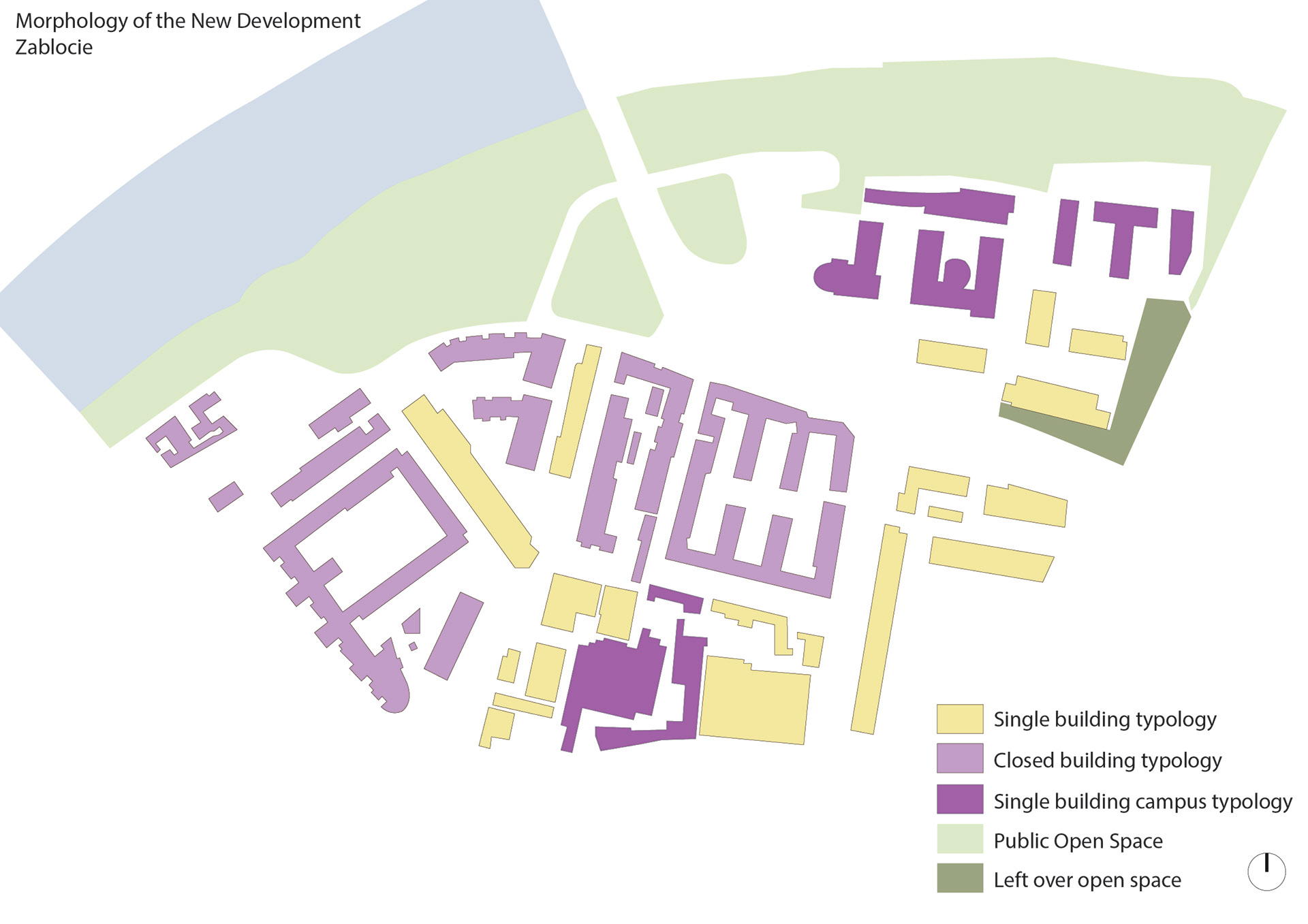
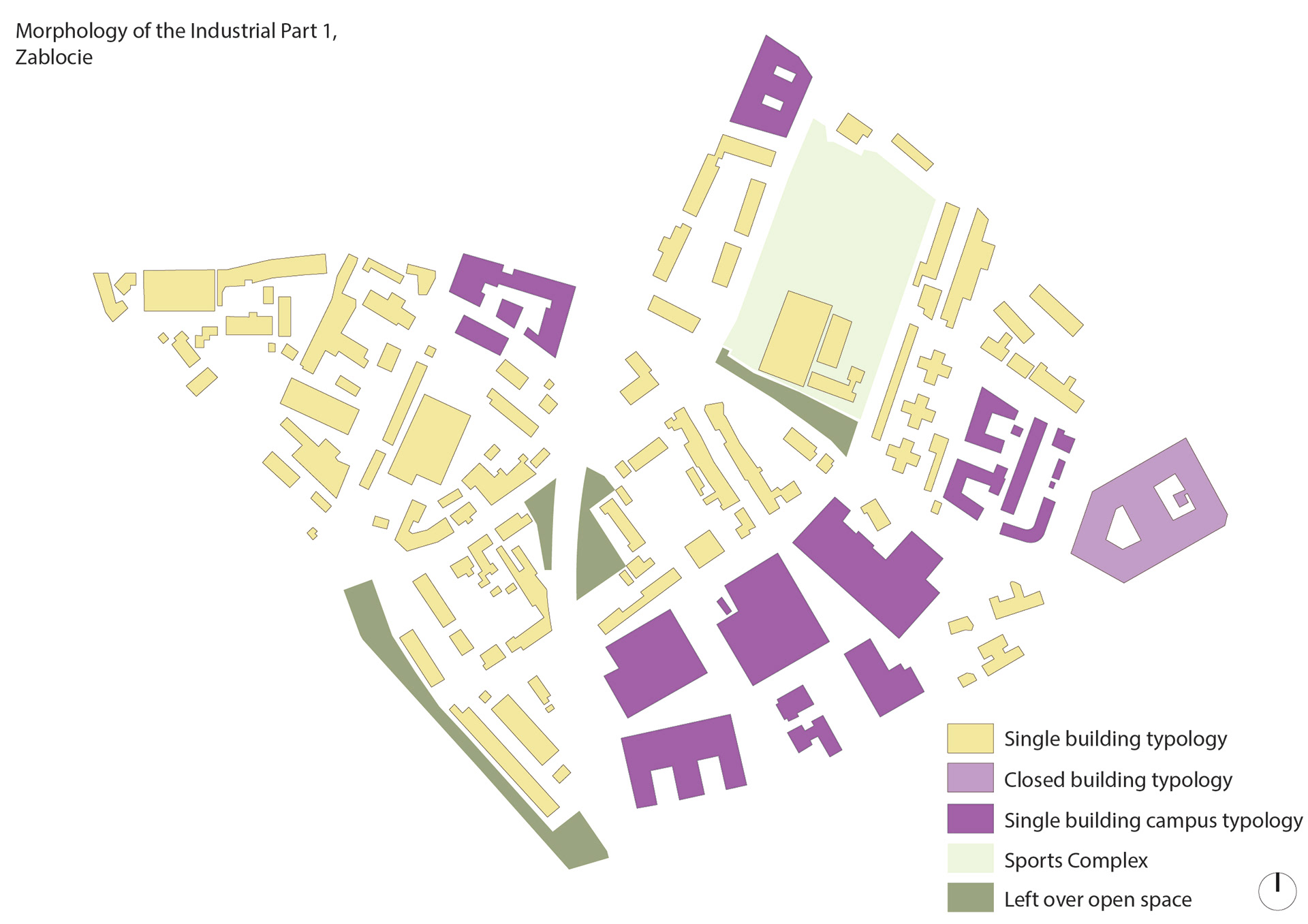


DEFINING GUIDELINES
APPLYING THE GUIDELINES
COMPARISON OF FIGURE GROUNDS
